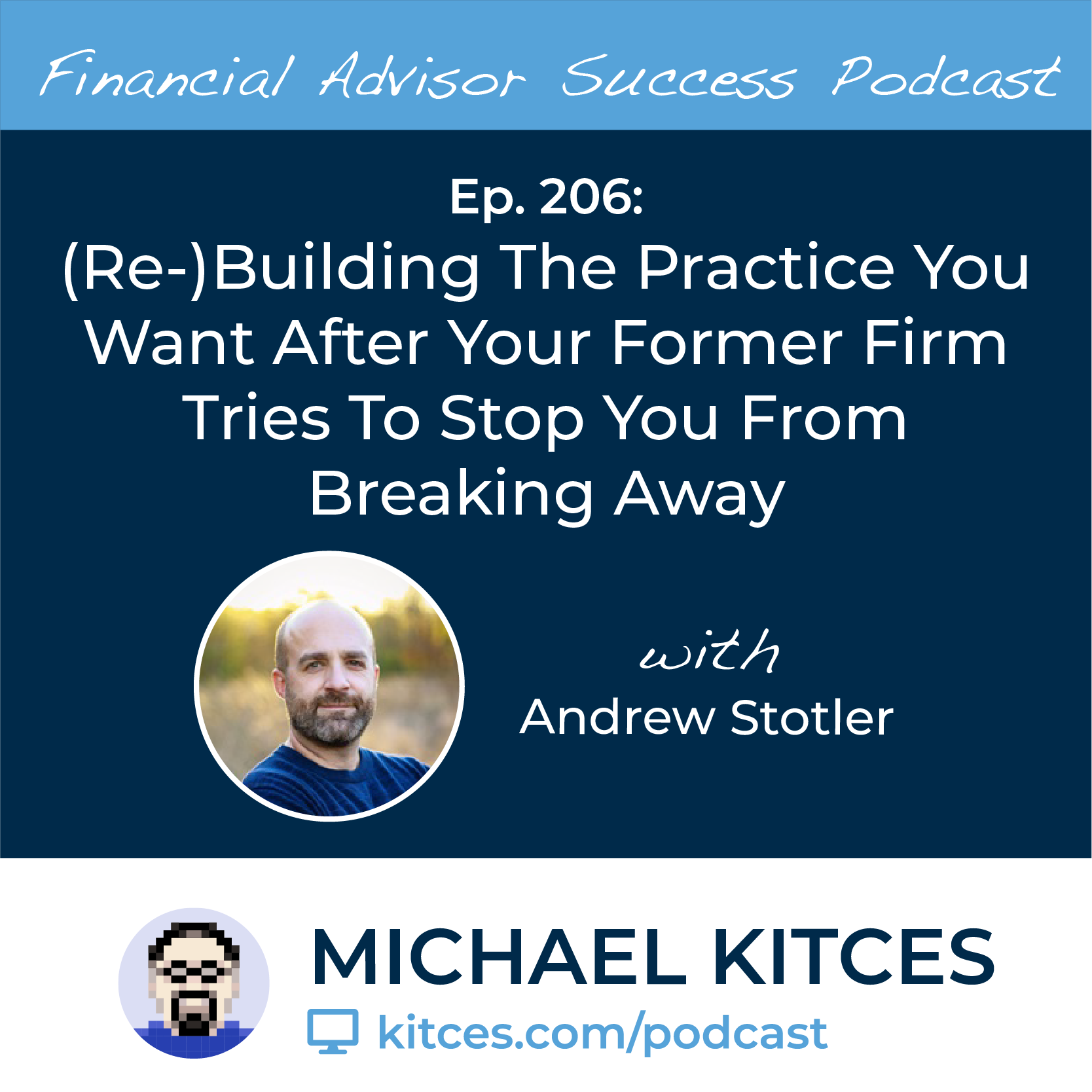
This article will provide information on how to obtain a Roth IRA. This article will explain how to get a Roth IRA as well as how to contribute. We will also discuss the options for investments and how to rebalance your account. Make sure you have enough money available to invest in Roth IRAs before you get started.
Investing In A Roth Ira
The first step when investing in a Roth IRA, is to decide the type of investments you want. Peer-to peer lending platforms, which offer higher returns than traditional income investments, are less risky and carry a lower rate return. ETFs, passively managed investment funds, invest in an index. They are highly specialized but still an option for most people.

Contributing to a Roth Ira
To contribute to a Roth IRA, the first step is to find out if you qualify. To contribute, you must earn money. Earned Income includes salaries and wages. This includes tips, bonuses, and commissions. Eligible income is not earned from investments or Social Security Benefits. Earned income is not earned from unemployment compensation. Roth IRA contributions are tax-deferred.
Investments for a Roth Ira
Before you decide on investments for your Roth IRA you need to know what type of account it is. Investments can be made in funds or individual securities through an investment broker. Financial planners can also help you choose investments. For a low annual cost, you can also use an automated service like a robo advisor to build an investment portfolio. Regular contributions are all that is required to put your money into a Roth IRA.
Balance a roth-ira
Rebalancing your Roth IRA if there are many investments is a good idea. Diversifying your investment portfolio across asset classes is key to a good portfolio. This includes stocks, bonds and cash as well as precious metals. Diversifying your portfolio across asset classes should be a priority. An example of this is a typical investor not wanting to own solely technology stocks in the United States. It would be safer if you invested in a mix international and domestic stocks.

A robo advisor
There are many benefits to a robo advisor. A robo advisor offers you expert money management and doesn't require you to deal with the intricacies of investing. The robo-advisor is not able to predict your investments' performance, unlike human advisors. This article will discuss some of the benefits of using a robot-advisor to create a Roth Ira.
FAQ
Is it worth hiring a wealth manager
Wealth management services should assist you in making better financial decisions about how to invest your money. It should also help you decide which investments are most suitable for your needs. This will give you all the information that you need to make an educated decision.
However, there are many factors to consider before choosing to use a wealth manager. Consider whether you can trust the person or company that is offering this service. Is it possible for them to quickly react to problems? Can they explain what they're doing in plain English?
Do I need to make a payment for Retirement Planning?
No. This is not a cost-free service. We offer free consultations so we can show your what's possible. Then you can decide if our services are for you.
What is wealth management?
Wealth Management can be described as the management of money for individuals or families. It covers all aspects of financial planning including investment, insurance, tax and estate planning, retirement planning, protection, liquidity and risk management.
How can I get started with Wealth Management
The first step towards getting started with Wealth Management is deciding what type of service you want. There are many Wealth Management services available, but most people fall under one of the following three categories.
-
Investment Advisory Services: These professionals can help you decide how much and where you should invest it. They also provide investment advice, including portfolio construction and asset allocation.
-
Financial Planning Services- This professional will assist you in creating a comprehensive plan that takes into consideration your goals and objectives. Based on their expertise and experience, they may recommend investments.
-
Estate Planning Services- An experienced lawyer will help you determine the best way for you and your loved to avoid potential problems after your death.
-
Ensure that a professional is registered with FINRA before hiring them. You don't have to be comfortable working with them.
What is risk-management in investment management?
Risk management is the act of assessing and mitigating potential losses. It involves the identification, measurement, monitoring, and control of risks.
Investment strategies must include risk management. Risk management has two goals: to minimize the risk of losing investments and maximize the return.
These are the main elements of risk-management
-
Identifying the risk factors
-
Measuring and monitoring the risk
-
How to reduce the risk
-
Manage your risk
Statistics
- A recent survey of financial advisors finds the median advisory fee (up to $1 million AUM) is just around 1%.1 (investopedia.com)
- Newer, fully-automated Roboadvisor platforms intended as wealth management tools for ordinary individuals often charge far less than 1% per year of AUM and come with low minimum account balances to get started. (investopedia.com)
- According to a 2017 study, the average rate of return for real estate over a roughly 150-year period was around eight percent. (fortunebuilders.com)
- These rates generally reside somewhere around 1% of AUM annually, though rates usually drop as you invest more with the firm. (yahoo.com)
External Links
How To
How to Invest your Savings to Make Money
Investing your savings into different types of investments such as stock market, mutual funds, bonds, real estate, commodities, gold, and other assets gives you an opportunity to generate returns on your capital. This is known as investing. You should understand that investing does NOT guarantee a profit, but increases your chances to earn profits. There are many options for how to invest your savings. One of these options is buying stocks, Mutual Funds, Gold, Commodities, Real Estate, Bonds, Stocks, ETFs, Gold, Commodities, Real Estate, Bonds, Stocks, Real Estate, Bonds, and ETFs. These methods will be discussed below.
Stock Market
Because you can buy shares of companies that offer products or services similar to your own, the stock market is a popular way to invest your savings. Buying stocks also offers diversification which helps protect against financial loss. For example, if the price of oil drops dramatically, you can sell your shares in an energy company and buy shares in a company that makes something else.
Mutual Fund
A mutual funds is a fund that combines money from several individuals or institutions and invests in securities. They are professional managed pools of equity or debt securities, or hybrid securities. The mutual fund's investment goals are usually determined by its board of directors.
Gold
Gold has been known to preserve value over long periods and is considered a safe haven during economic uncertainty. Some countries use it as their currency. Gold prices have seen a significant rise in recent years due to investor demand for inflation protection. The supply-demand fundamentals affect the price of gold.
Real Estate
Real estate includes land and buildings. Real estate is land and buildings that you own. To generate additional income, you may rent out a part of your house. You can use your home as collateral for loan applications. You may even use the home to secure tax benefits. However, you must consider the following factors before purchasing any type of real estate: location, size, condition, age, etc.
Commodity
Commodities are raw materials, such as metals, grain, and agricultural goods. These items are more valuable than ever so commodity-related investments are a good idea. Investors who want capital to capitalize on this trend will need to be able to analyse charts and graphs, spot trends, and decide the best entry point for their portfolios.
Bonds
BONDS are loans between governments and corporations. A bond is a loan that both parties agree to repay at a specified date. In exchange for interest payments, the principal is paid back. As interest rates fall, bond prices increase and vice versa. A bond is purchased by an investor to generate interest while the borrower waits to repay the principal.
Stocks
STOCKS INVOLVE SHARES in a corporation. Shares represent a fractional portion of ownership in a business. If you have 100 shares of XYZ Corp. you are a shareholder and can vote on company matters. When the company earns profit, you also get dividends. Dividends can be described as cash distributions that are paid to shareholders.
ETFs
An Exchange Traded Fund or ETF is a security, which tracks an index that includes stocks, bonds and currencies as well as commodities and other asset types. ETFs trade in the same way as stocks on public exchanges as traditional mutual funds. The iShares Core S&P 500 Exchange Tradeable Fund (NYSEARCA : SPY) tracks the performance of Standard & Poor’s 500 Index. This means that if you bought shares of SPY, your portfolio would automatically reflect the performance of the S&P 500.
Venture Capital
Venture capital is private funding that venture capitalists provide to entrepreneurs in order to help them start new companies. Venture capitalists can provide funding for startups that have very little revenue or are at risk of going bankrupt. Venture capitalists usually invest in early-stage companies such as those just beginning to get off the ground.